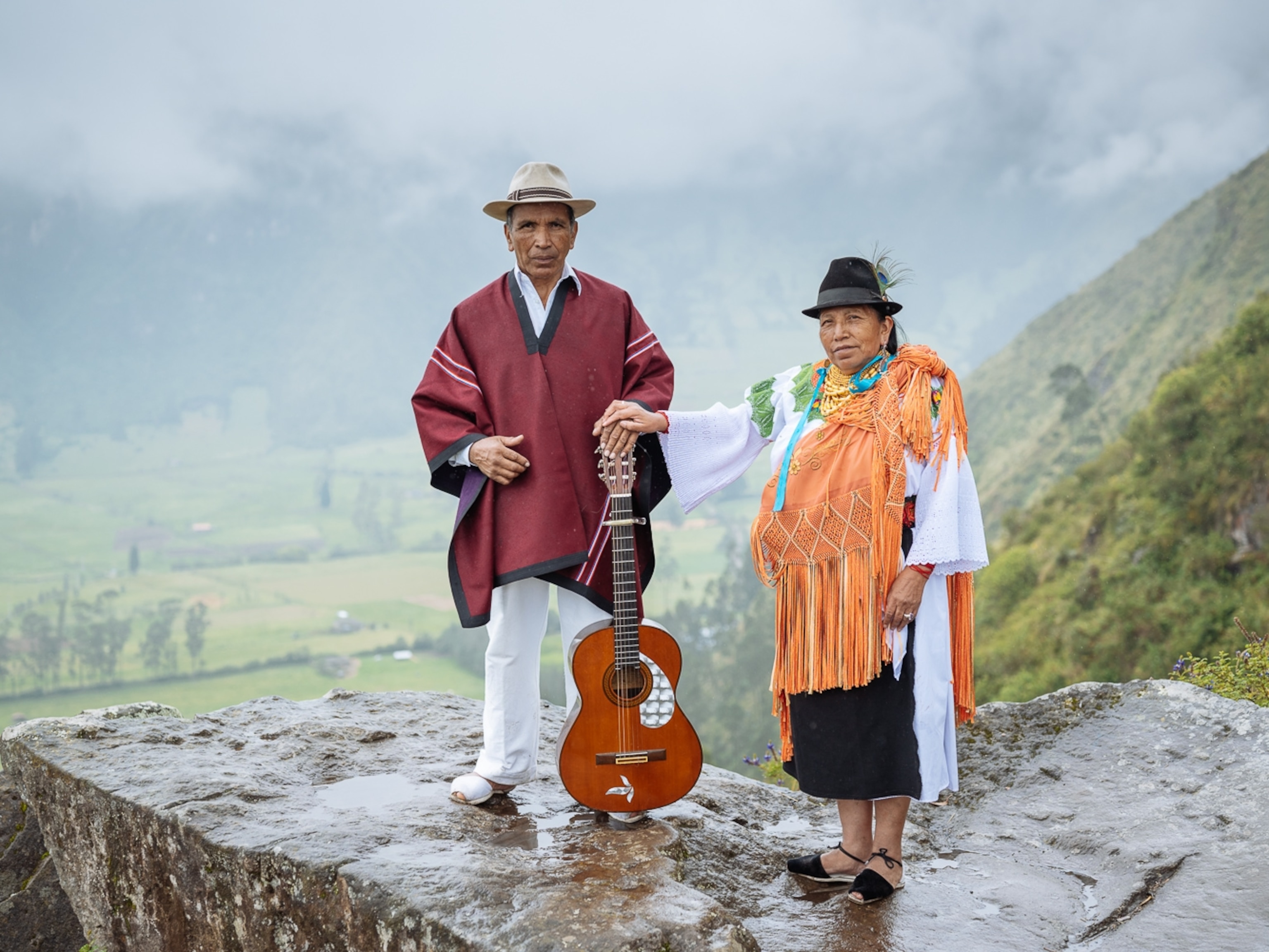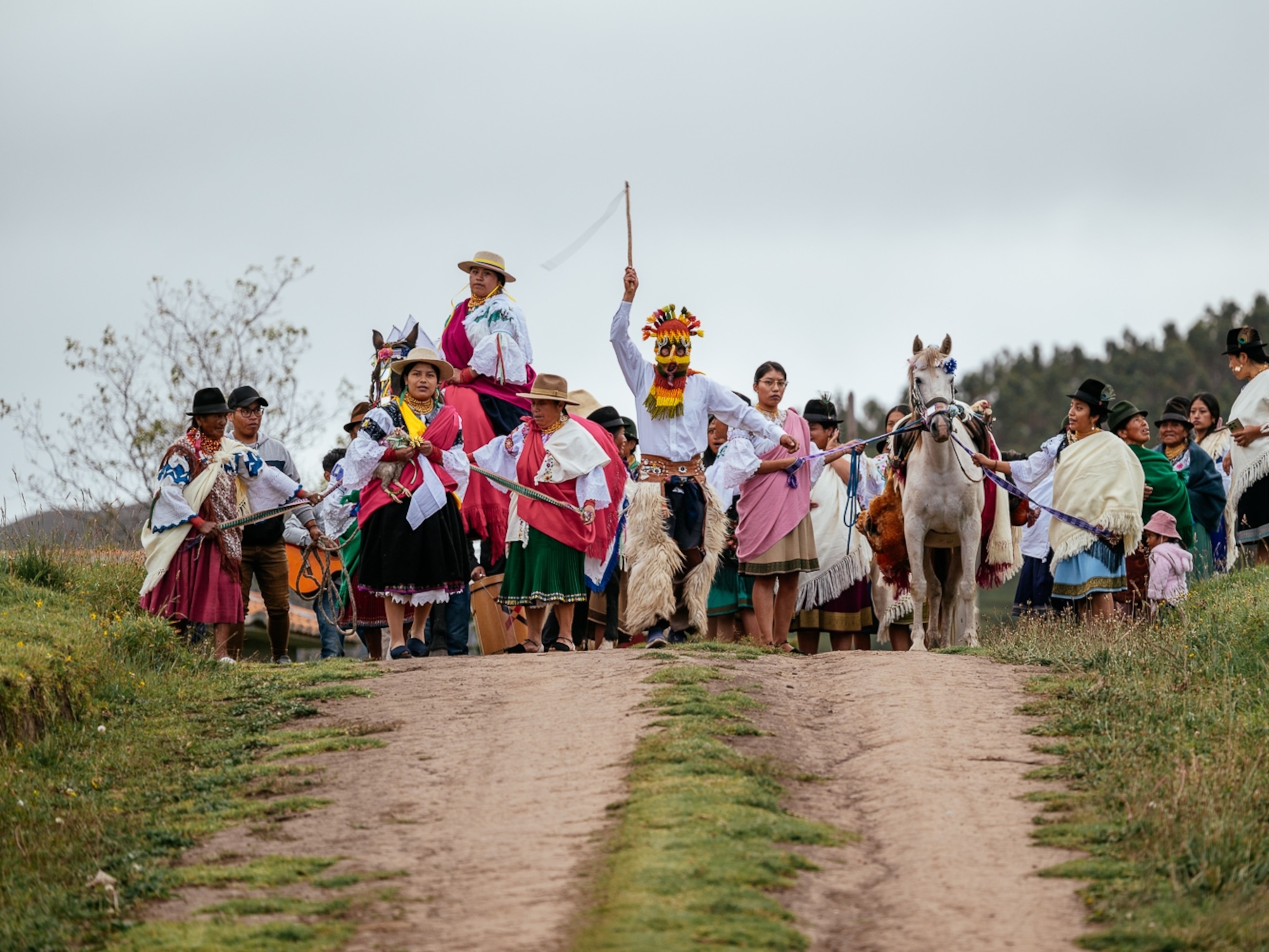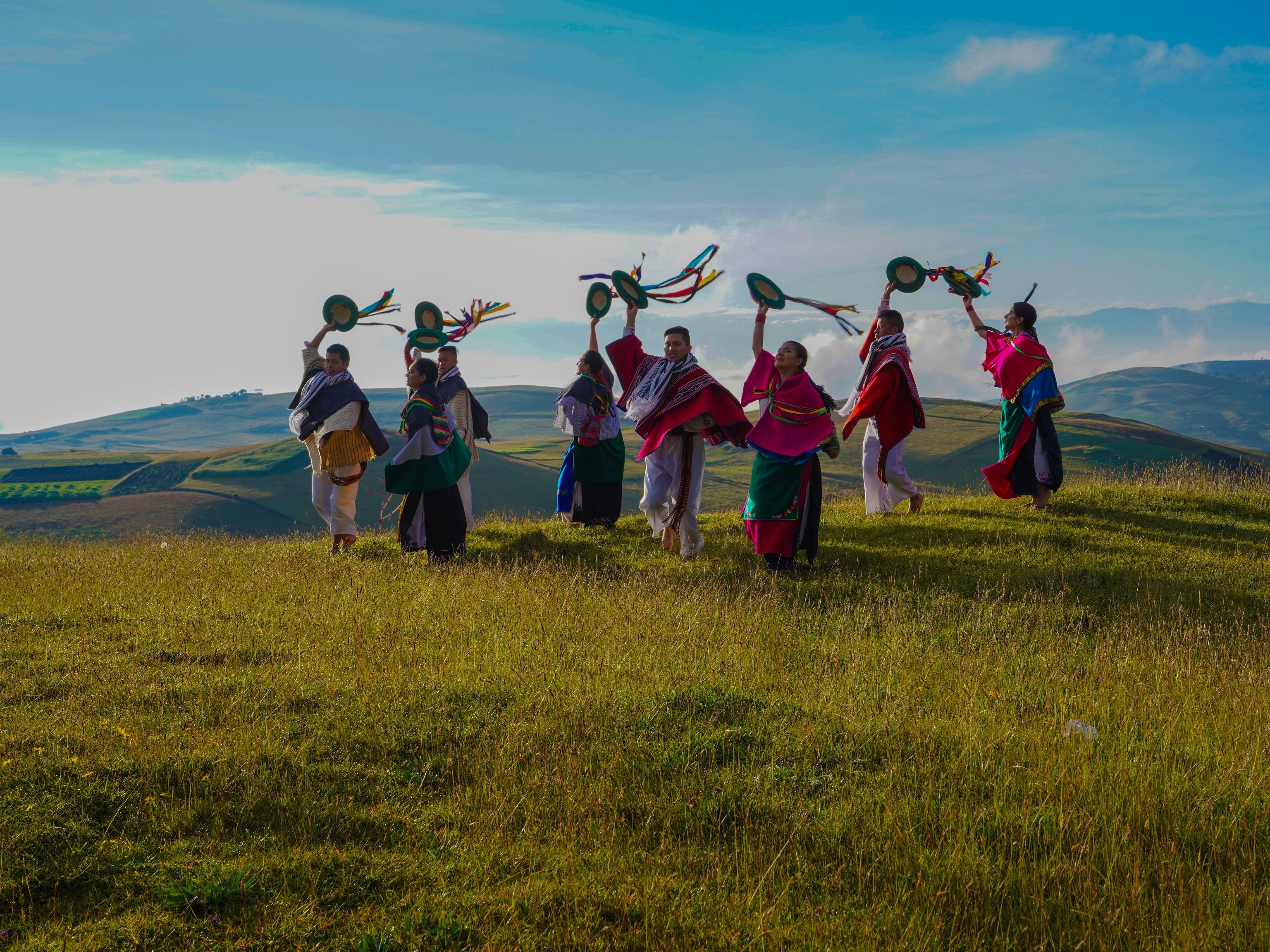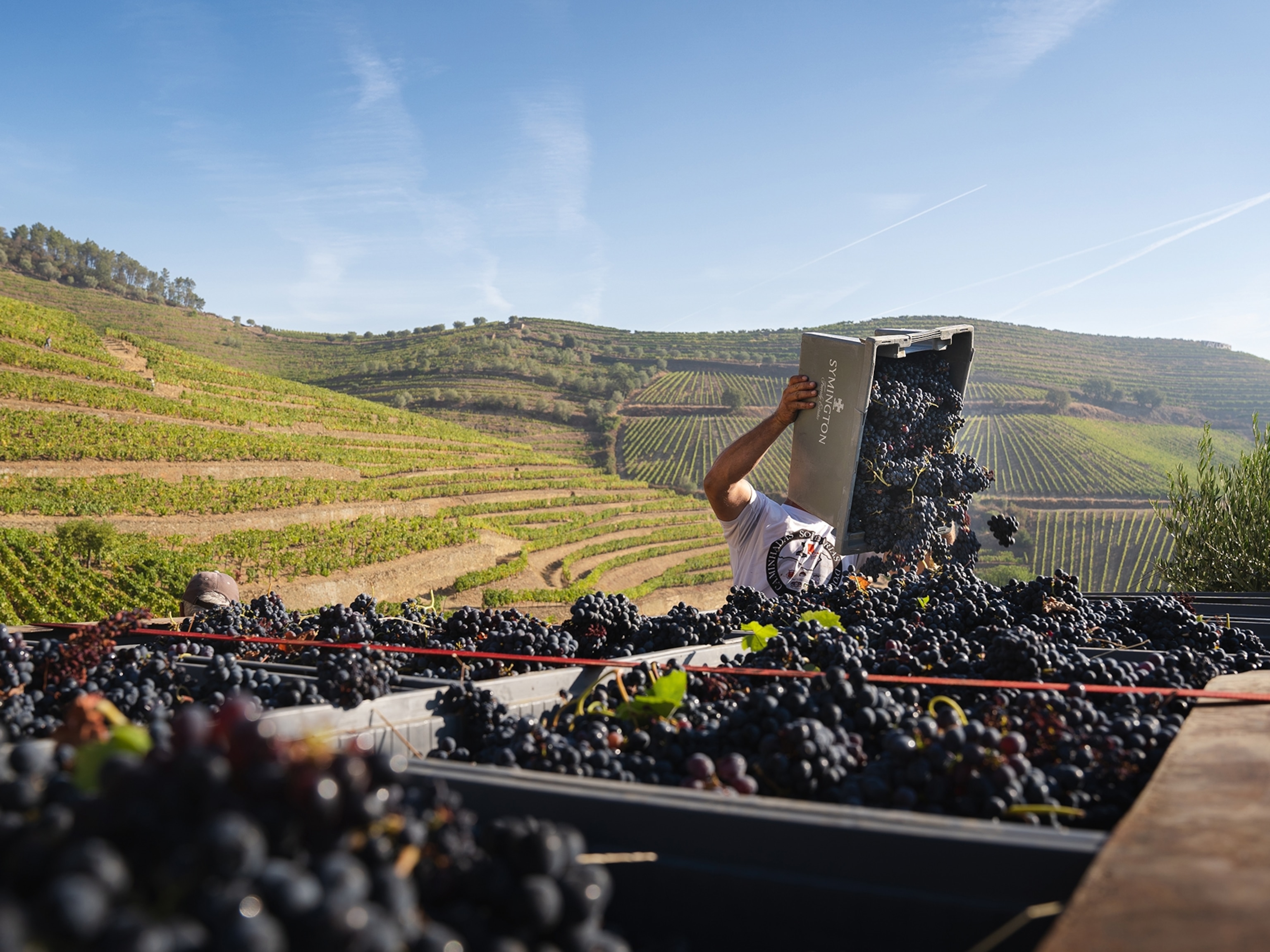A taste of tradition beyond Ecuador’s tourist trail
From bizcochos to colada morada, explore Ecuador's rich flavours and diverse culinary heritage, off the beaten track
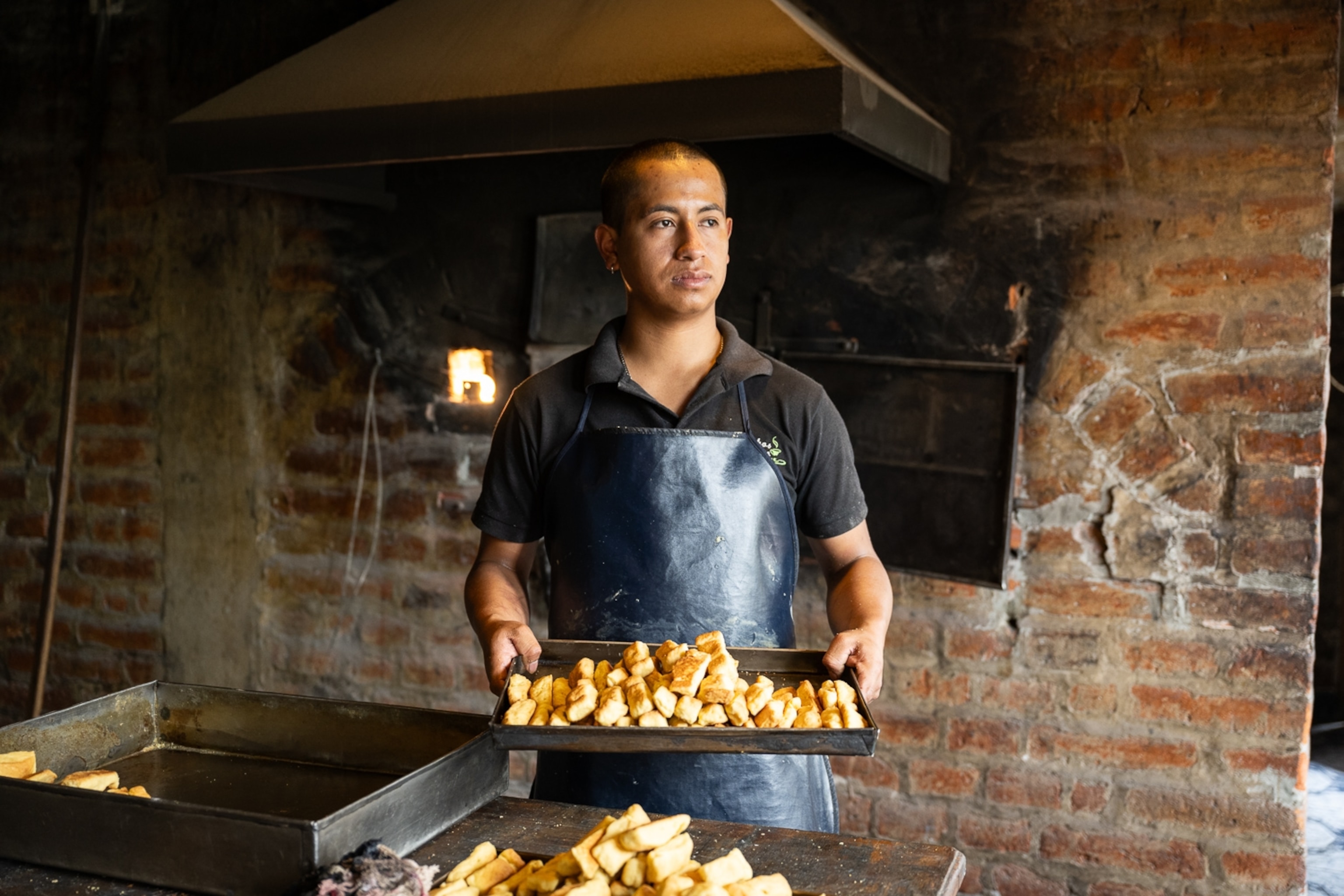
The wine, a marriage of Cabernet Sauvignon and Malbec from Bodega Dos Hemisferios, sizzles on the palate: notes of black cherry, tobacco and pepper chronicle the 18 months of its maturation. I’m already woozy from the altitude and this threatens to knock me off my feet. Stephany Reeson cocks an eyebrow at me, and smiles. “No one expects Ecuador to have good wine,” she says.
I’m surprised, but I shouldn’t be. Having now visited Ecuador three times, I’ve realised that it’s the ‘everything’ country, packing the Amazon, the Andes, the coast and the Galápagos into an area only slightly bigger than the United Kingdom. Growers have an endless range of climates and terroirs to choose from, cultivating everything from fruits and herbs to 350 varieties of potato.

We’re at a cookery and cocktail class on the rooftop of the Mama Cuchara hotel, of which Stephany is commercial director. The lights of Quito, Ecuador’s capital, twinkle around us.
Bartender Dino Ibarra presses a bottle of Cruzloma, a Quiteño gin, into my hands. Among its botanicals are guayusa — a caffeine-rich tree sacred to Indigenous Amazonians — and coca leaves, chewed by Andean people to help ward off altitude sickness. Under Dino’s instruction, I stir it into ice, red berries and cinnamon — a staple spice in Ecuadorian cuisine.
“Drinking colada morada (a spiced fruit drink) on the Day of the Dead is an Indigenous tradition,” says Dino. “Here, we have combined it with a national spirit to make our own cocktail, the mama morada.”
It’s this inventiveness, along with the country’s natural abundance, that gives Ecuadorian cuisine its edge. This is exemplified by bizcochos — finger-shaped biscuits that I’ve tried in other countries but previously dismissed as being bland and tough. In the Andean town of Cayambe, however, they’re golden brown and crumble in the mouth. They’re served alongside queso de hoja — salted cheese wrapped in an achira leaf — and manjar de leche, a caramelised milk sauce.
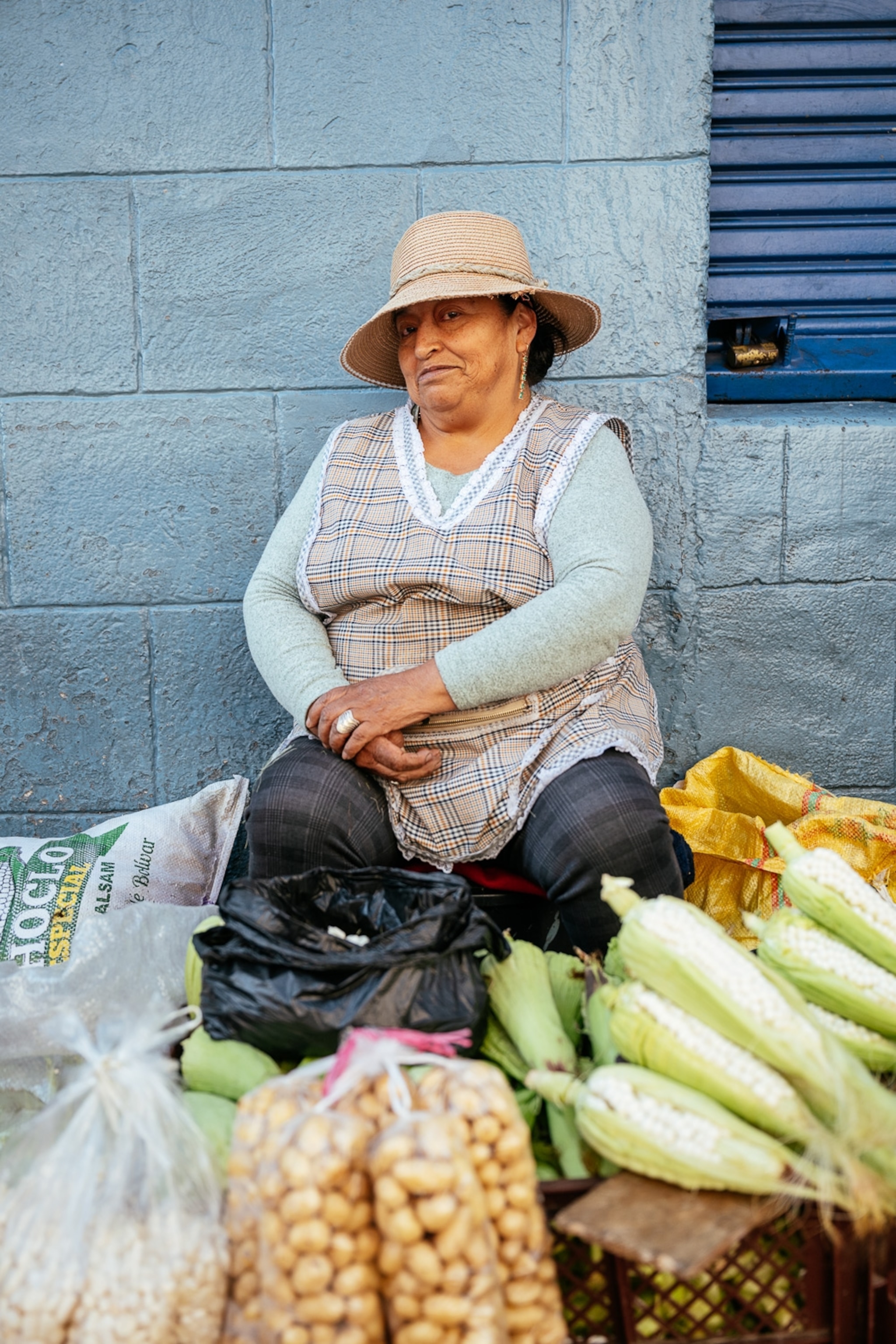

“In Ecuador they use corn flour, not wheat flour,” says tour guide David Cadena. He’s brought me to his favourite Cayambe spot, San Pedro Bizcochos, to try what he declares to be the best bizcochos in town. “The majority of places do it with machines and electric ovens,” he says. “But not here.”
Adjoining the restaurant is a traditional kitchen, where visitors can watch the bakers chop mounds of yellow dough into fingers and roast them in eucalyptus-wood-fired ovens. “People from across Ecuador come here to have bizcochos for breakfast, and remember their identity,” says David.
We drive further up into the Andes and enter the Páramo ecoregion, which is defined as anything above the treeline and below the snowline (around 9,840 to 16,075ft above sea level). It’s a region of astonishing biological and culinary diversity, draped with fields of red quinoa and fava beans. People work on potato plantations that are almost vertical, naturally irrigated as the rain runs down the side of the mountain.
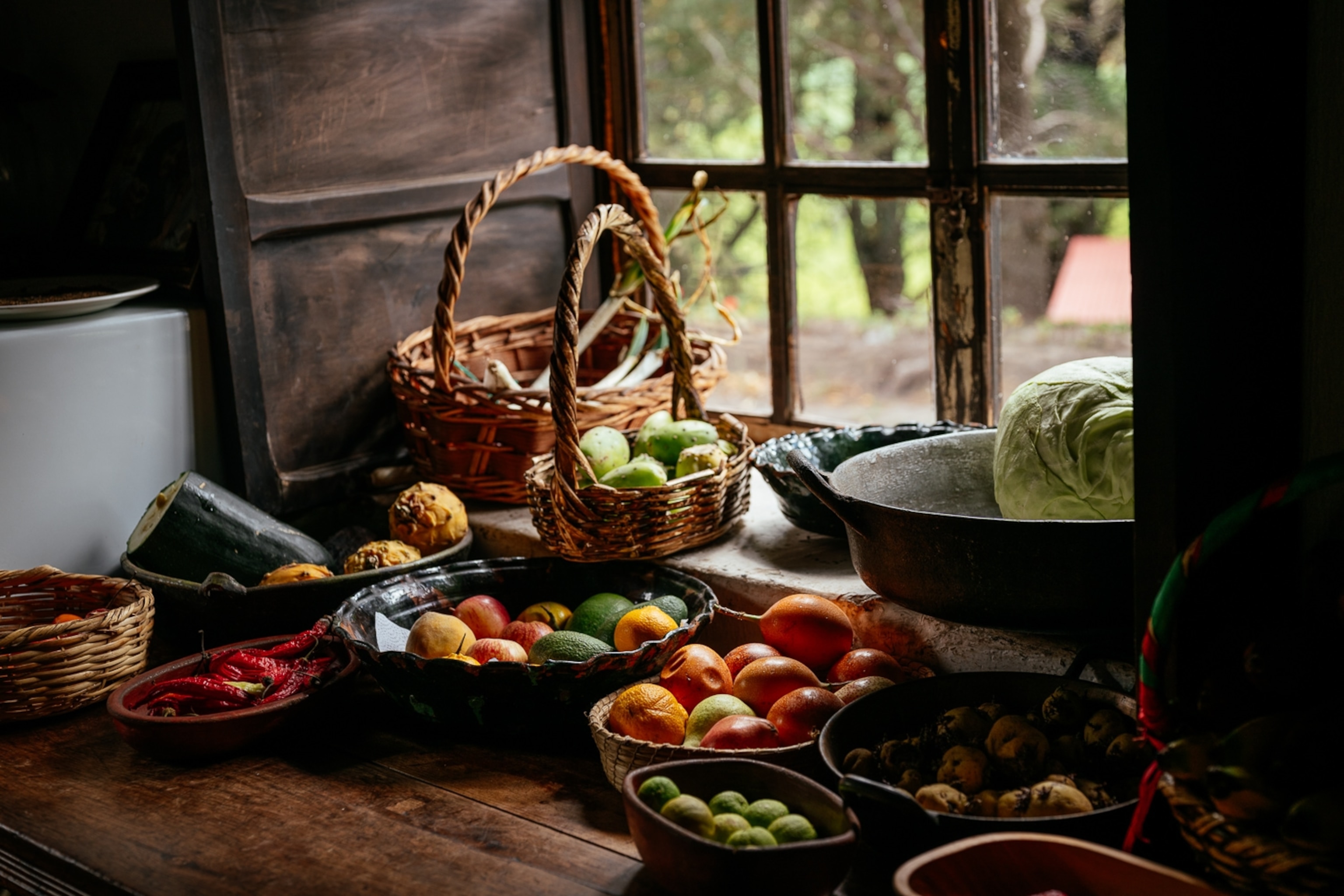
This is the land of haciendas: colonial-era plantations that still operate today, with many opening their doors to tourists. At Posada de Tigua Hacienda in Cotopaxi, visitors can stay overnight, and join in with tasks such as herding cows and making cheese. “Guests eat here, with the family,” says Pablo Rodríguez, the hacienda’s third-generation owner. “All ingredients are from the area or grown organically on the farm.”
We start with a bowl of locro de papa, a hearty potato soup made rich with shavings of cheese from the farm’s cows. Traditionally, locro de papa combines at least three varieties of potato, one being the dense, red-skinned papa chola native to Ecuador.
The main course would delight any locavore: mutton from the farm, in a sauce fragrant with oregano, lovage and laurel. After lunch, Pablo shows me the herb garden, along with the sheep pen and guinea pig hutch. The smell of caramel wafts from an open window — we look over and see the chef, Juliana Zambrano, who’s stirring a bronze pan, or paila, of manjar de leche. The wide, flattish shape of the paila distributes the heat evenly, she tells us.
Pablo and I sit down to a cup of lemongrass tea and wait for Juliana to finish, watching as she lifts the spatula and lets the manjar fall in silken ribbons. “People,” he says simply. “It’s the people that make this food so special.”
There are daily international flights to Ecuador’s capital Quito from Madrid, Amsterdam and US cities. Please follow FCDO guidelines when travelling around the country. For more information, visit ecuador.travel/en
To subscribe to National Geographic Traveller (UK) magazine click here. (Available in select countries only).
